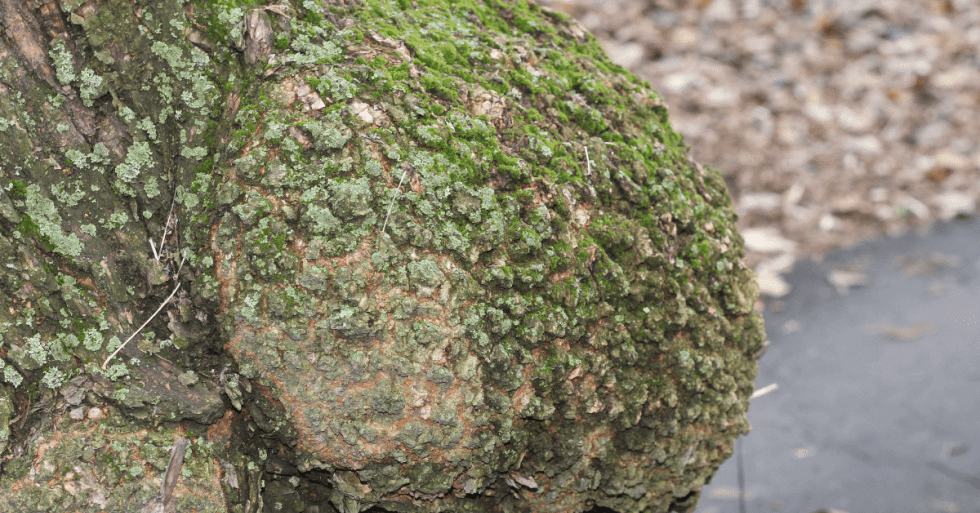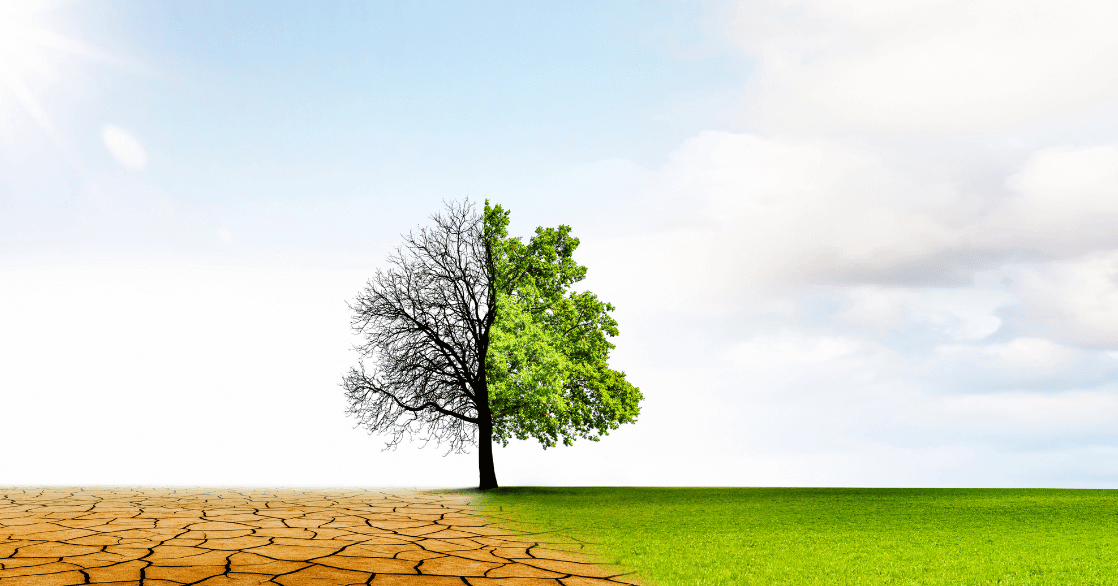As the warmer days of spring approach, one of the most anticipated events for many gardeners and orchard owners is the blooming of apple trees. These blooms signify the commencement of a new growing season and set the stage for the fruit production cycle. Strobert Tree Services is committed to providing expert tree care across Delaware, Pennsylvania, and New Jersey. We understand the importance of timely and accurate information for the health and productivity of your apple trees. Let's dive into the details of when apple trees bloom and the process of blooming and address some common concerns regarding apple tree blooming.
The Bloom Cycle of Apple Trees
Apple trees typically bloom with striking pink flowers between mid-April and mid-May. This bloom period is crucial for subsequent fruit production. Following the bloom, apple trees will set fruit, which matures over the summer months to be harvested in late summer to fall, depending on the apple cultivar.
| Stage | Description | Duration (Estimated) |
| Dormancy | Trees are in a resting state, conserving energy. Buds are present but remain tightly closed. | Late Fall - Early Spring (Varies by climate) |
| Green Tip | Buds begin to swell and show a greenish tinge at the tip. | Short period (a few days) |
| Delay | Flower buds are visible but remain tightly closed. This is a critical period for frost susceptibility. | Varies depending on weather conditions, can last weeks. |
| Tight Cluster | Flower buds show distinct color (pink or white) but remain tightly closed. | Short period (a few days) |
| Pink Bud | Individual flower buds begin to open, revealing pink or white petals. | Short period (a few days) |
| Bloom | Flowers are fully open, with visible stamens and pistils. This is the pollination period. | 5-10 days (weather dependent) |
| Petal Fall | Petals begin to wilt and fall from the tree. Pollination (if successful) has occurred. | Short period (a few days) |
| Fruit Set | Young fruits begin to develop on the tree. | 2-4 weeks |
| Swollen Fruit | Young fruits are rapidly growing in size. | Several weeks |
| June Drop | Natural thinning process where some fruits may fall from the tree. | Varies depending on variety and pollination success |
| Maturity | Fruits reach full size and ripeness, depending on variety. | Varies depending on variety (weeks or months) |
| Harvest | Apples are ready to be picked! | Varies depending on variety (typically late summer or fall) |
The exact timing of the bloom can vary based on several factors, including the apple variety, geographical location, and the specific weather conditions of the year.
Generally, apple trees require a certain number of chilling hours during winter dormancy to bloom successfully. This chilling requirement ranges from 500 to 1,000 hours of temperatures below 45°F (7°C) and is essential for breaking dormancy and ensuring a healthy bloom.
Leaves or Flowers: Which Comes First?
A common question among apple tree growers is whether apple trees get leaves or flowers first.
Typically, apple trees show signs of life in early spring with the bud swell, followed by the emergence of leaves.
Shortly after, the buds transform into beautiful pink or white blossoms. In some cases, the leaf and flower buds may develop simultaneously, but the flowers capture our attention first with their vibrant colors and promise of future apples.
Reasons Your Apple Tree Is Not Blooming
Occasionally, apple tree owners may encounter years where their trees do not bloom as expected. Several factors can contribute to this issue:
- Insufficient Chilling Hours: If the winter was milder than usual, your apple trees might have yet to receive the necessary chilling hours to break dormancy and initiate blooming.
- Improper Pruning: Over-pruning or pruning at the wrong time of year can remove buds that would have developed into flowers.
- Nutrient Imbalances: Excessive nitrogen can lead to lush leaf growth at the expense of flowers. Conversely, a lack of essential nutrients like phosphorus can hinder blooming.
- Tree Age: Very young trees or ancient trees may not bloom. Apple trees typically begin to bear fruit 3 to 5 years after planting, depending on the rootstock and variety.
- Stress: Environmental stresses, such as drought or waterlogged soil, can affect a tree's ability to bloom.
Contact Strobert Tree Services
At Strobert Tree Services, we're here to help you navigate the challenges of apple tree care to ensure your trees are healthy, blooming, and producing fruit. Our team of experts offers a range of services tailored to the unique needs of your trees, whether you're looking for advice on pruning, soil management, or dealing with a tree that needs to bloom.
Our commitment to quality tree care is unmatched in Delaware, Pennsylvania, and New Jersey. We understand the local climate conditions and challenges and are equipped to provide your apple trees with the care they need to thrive.
Do not hesitate to contact us for any concerns or questions about your apple trees, from bloom times to fruit production. Our team is ready to assist you with professional advice and services to ensure your apple trees bloom beautifully and yield a bountiful harvest.











